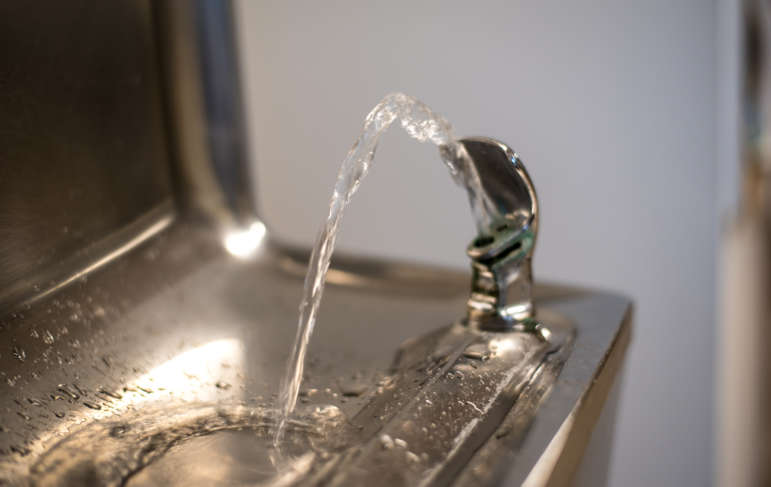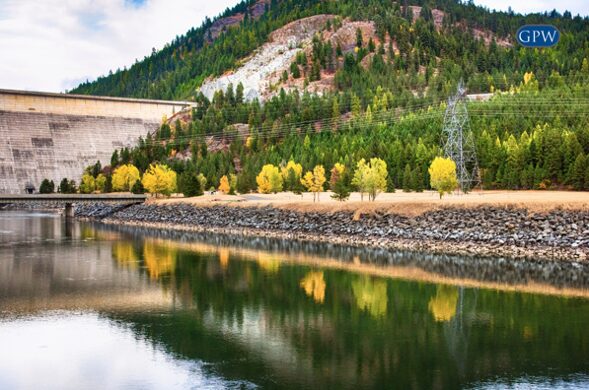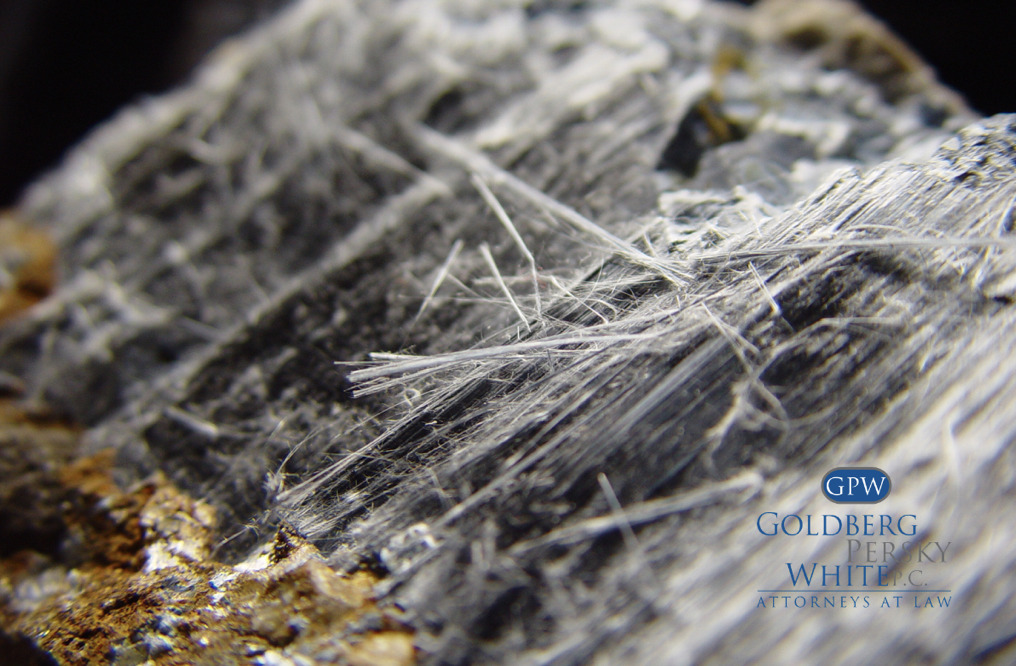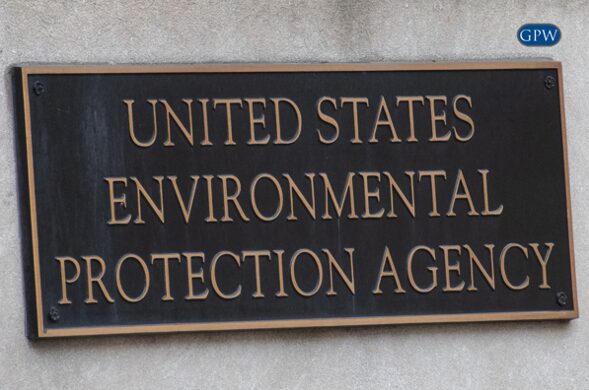People of Town Affected by Wildfire now have Benzene in Water Supply
People in a California town damaged by the deadliest wildfire in California history are now dealing with contaminated water. The 1,500 people who are left cannot use their tap water because benzene, a known carcinogen, was found in it. Of the 500 water samples taken, 32 percent of the samples detected 27 parts per billion of benzene when the California standard is 1 part per billion and the national standard is 5 parts per billion. There is a chance that when fighting the fire, the larger demand for water caused the system to depressurize, creating a vacuum that sucked in toxic gases from the fire. The VOCs could then have soaked into the walls of the pipes, getting into the water supply. Contaminated service lines will have to be replaced and contaminated mains will have to be flushed. This will cost $53 million and will take two years. While this takes place residents have to use bottled water for drinking, brushing teeth, making ice, and preparing food. They also cannot use hot water, swimming pools, or let pets drink tap water. Water tanks that hold between 330 and 2,500 gallons of water are being set up for bathing and cooking, costing $250 to fill up.
This is not the first time that a wildfire has led to benzene contaminating a tap water supply. Previously, a Santa Rosa fire that killed 22 people added benzene to the tap water. It was only found because residents complained about the smell and taste of the water after returning home. The local water authority tested it, and found benzene and other contaminants in the system. It was isolated to five miles of pipes in a certain neighborhood, and cost $8 million to fix 352 service lines and 1,300 feet of water main alongside eight fire hydrants.
Santa Rosa worked with state and federal agencies, toxicologists, forensic chemists, and national water quality experts to understand the cause and extent of the contamination. They found that the melted plastics, smoke, soot, and ash entered the water system during the fire, and that service lines had the highest levels of contamination. A technical memorandum outlined how benzene entered the water supply. The first thing that happened was the water infrastructure was exposed to extreme heat, leading to pyrolysis (decomposition due to extreme heat). The pyrolysis of the HDPE pipes created benzene and other contaminants, which got into the water supply. Secondly, the demand for water created a vacuum, which sucked contaminants including contaminated hot air, ash, char, and other debris into the system. Finally, the infrastructure itself became contaminated, adding benzene and other contaminants into the clean water traveling through it.
If you were exposed to benzene and now have leukemia or another type of cancer, you may be entitled to compensation. Call our firm at 412-471-3980 or fill out our contact form to speak to an attorney and learn your options.




